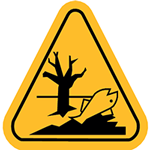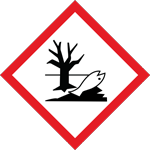You have 45 minutes to answer 50 multiple choice CSCS Mock Test questions for Operatives and Specialists. You need to answer at least 45 out of 50 questions correctly to pass. Good luck!
List of questions in above test (quick view). Click question box to reveal correct answer.
1. Which of these is not your legal duty as a worker?
Give one answer
AB
C
D
Correct Answer: D
2. What does a risk assessment identify?
Give one answer
AB
C
D
Correct Answer: B
3. What does the word hazard mean?
Give one answer
AB
C
D
Correct Answer: B
4. What is the main objective of carrying out an accident investigation?
Give one answer
AB
C
D
Correct Answer: A
5. What should you do if you have witnessed a serious accident on your site?
Give one answer
AB
C
D
Correct Answer: D
6. If someone burns their hand, what is the best thing you can do?
Give one answer
AB
C
D
Correct Answer: A
7. When should you apply skin barrier cream?
Give one answer
AB
C
D
Correct Answer: B
8. You need to use a grinder, cut-off saw, cartridge tool or nail gun. What type of eye protection will you need?
Give one answer
AB
C
D
Correct Answer: A
9. What will safety footwear with a protective mid-sole protect you from?
Give one answer
AB
C
D
Correct Answer: B
10. How should you wear your safety helmet to get maximum protection from it?
Give one answer
AB
C
D
Correct Answer: D
11. Do you have to pay for any personal protective equipment (PPE) you need?
Give one answer
AB
C
D
Correct Answer: A
12. Which of these statements about personal protective equipment (PPE) is not true?
Give one answer
AB
C
D
Correct Answer: A
13. If you use a power tool to cut or grind materials, why must the dust be collected and not allowed to get into the air?
Give one answer
AB
C
D
Correct Answer: A
14. What can cause occupational asthma?
Give one answer
AB
C
D
Correct Answer: A
15. What should you do if you find pigeon droppings and nests in an area where you are required to work?
Give one answer
AB
C
D
Correct Answer: B
16. You have been using a vibrating tool. The ends of your fingers are starting to tingle. What does this mean?
Give one answer
AB
C
D
Correct Answer: D
17. If you need to use a vibrating tool, even for a short time, how can you help reduce the risk of hand-arm vibration?
Give one answer
AB
C
D
Correct Answer: A
18. If you have to use a vibrating tool, how can you help reduce the effects of hand-arm vibration?
Give one answer
AB
C
D
Correct Answer: B
19. How can asbestos be correctly identified?
Give one answer
AB
C
D
Correct Answer: A
20. You need to use a hazardous substance. Who should explain the health risks and safe method of work you need to follow (the COSHH assessment) before you start?
Give one answer
AB
C
D
Correct Answer: D
21. Which of the following is a manual handling task?
Give one answer
AB
C
D
Correct Answer: A
22. What should you do if you have to carry a load down a steep slope?
Give one answer
AB
C
D
Correct Answer: A
23. Your job requires you to move the same sized load several times a minute from one place to another. Could this be a problem?
Give one answer
AB
C
D
Correct Answer: D
24. Which of the following is the best method to help minimise the risk of injury when manual handling?
Give one answer
AB
C
D
Correct Answer: D
25. What does this sign mean?
Give one answer
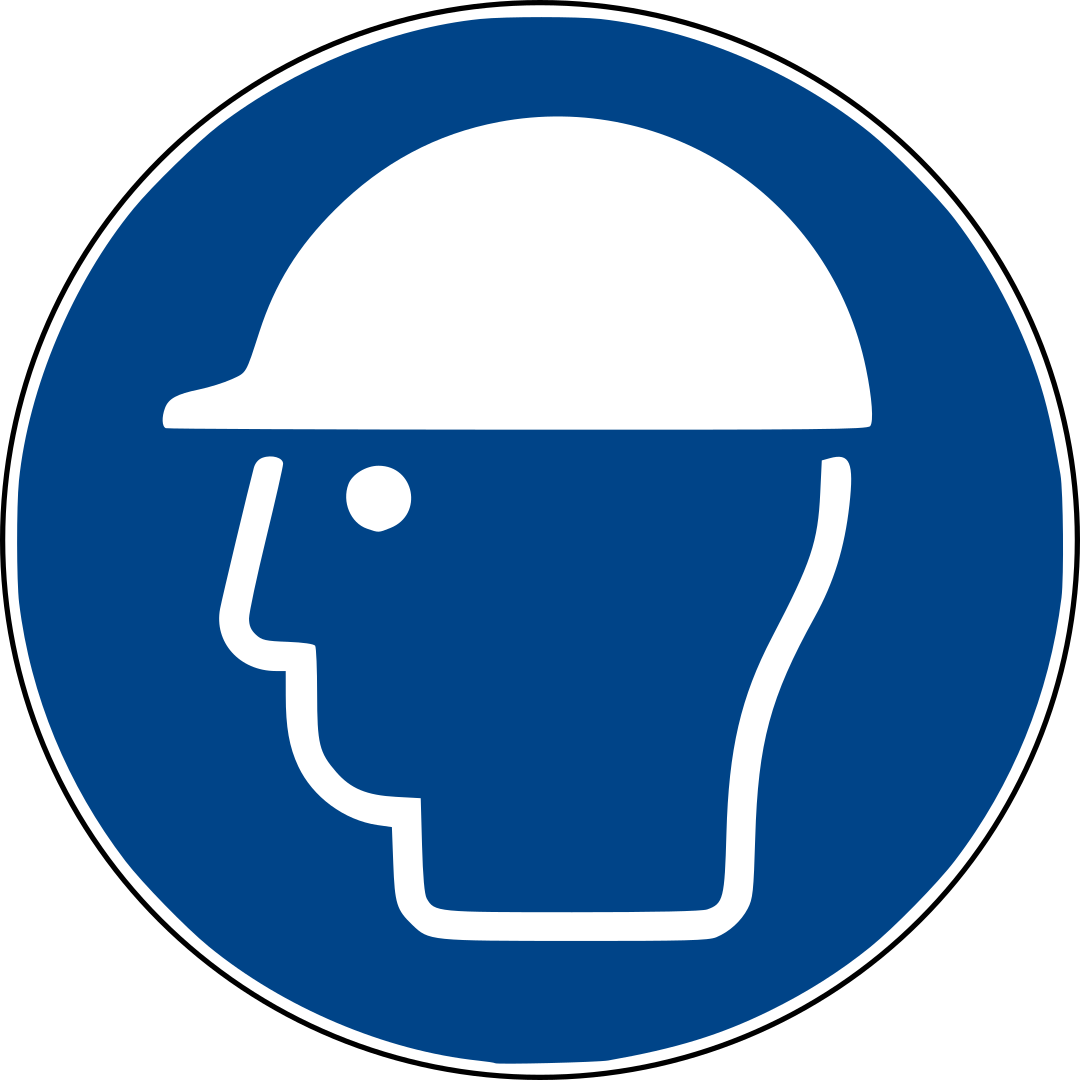
B
C
D
Correct Answer: D
Explanation:
Explanation:
26. What are green and white signs?
Give one answer
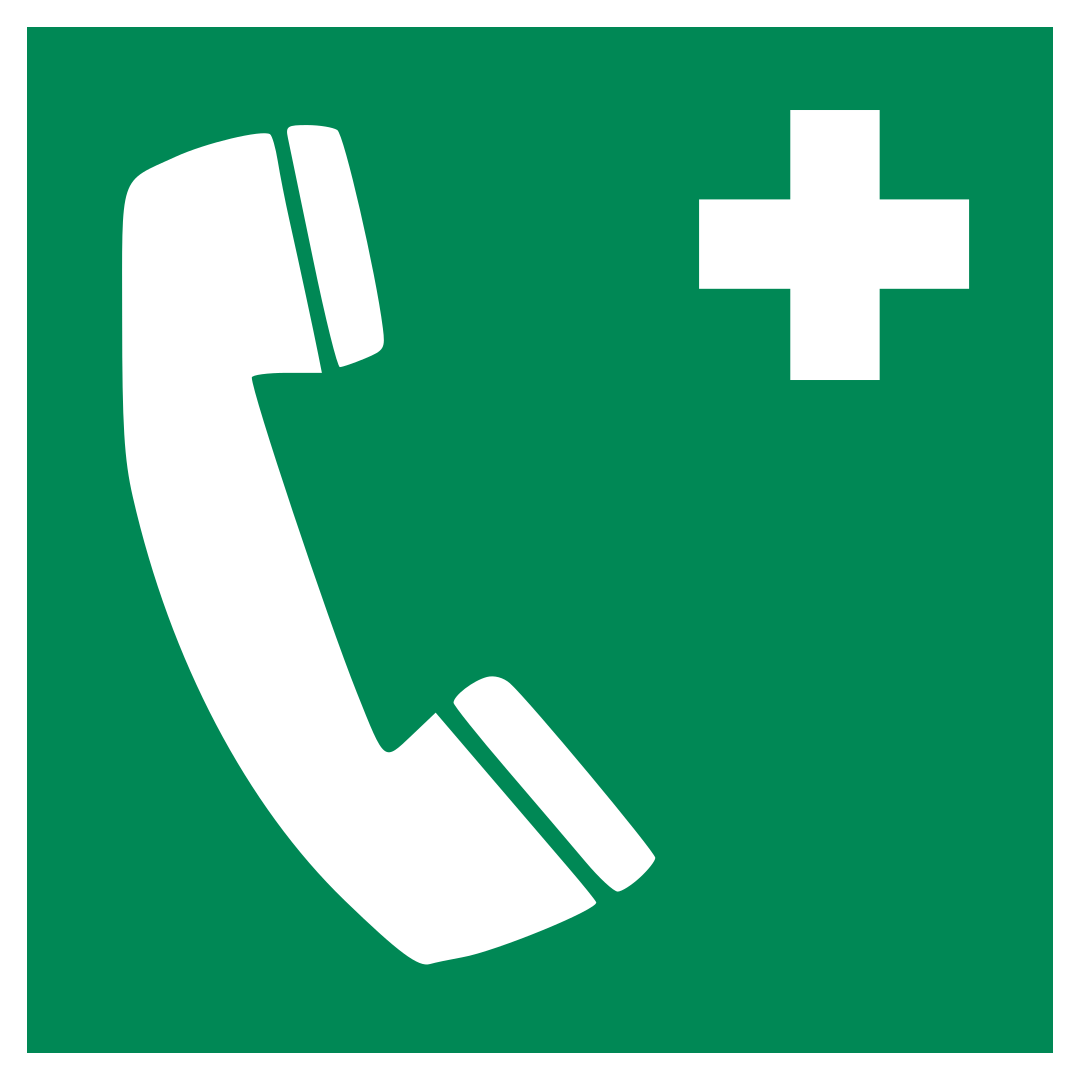
B
C
D
Correct Answer: C
Explanation:
Explanation:
27. What does this sign mean?
Give one answer
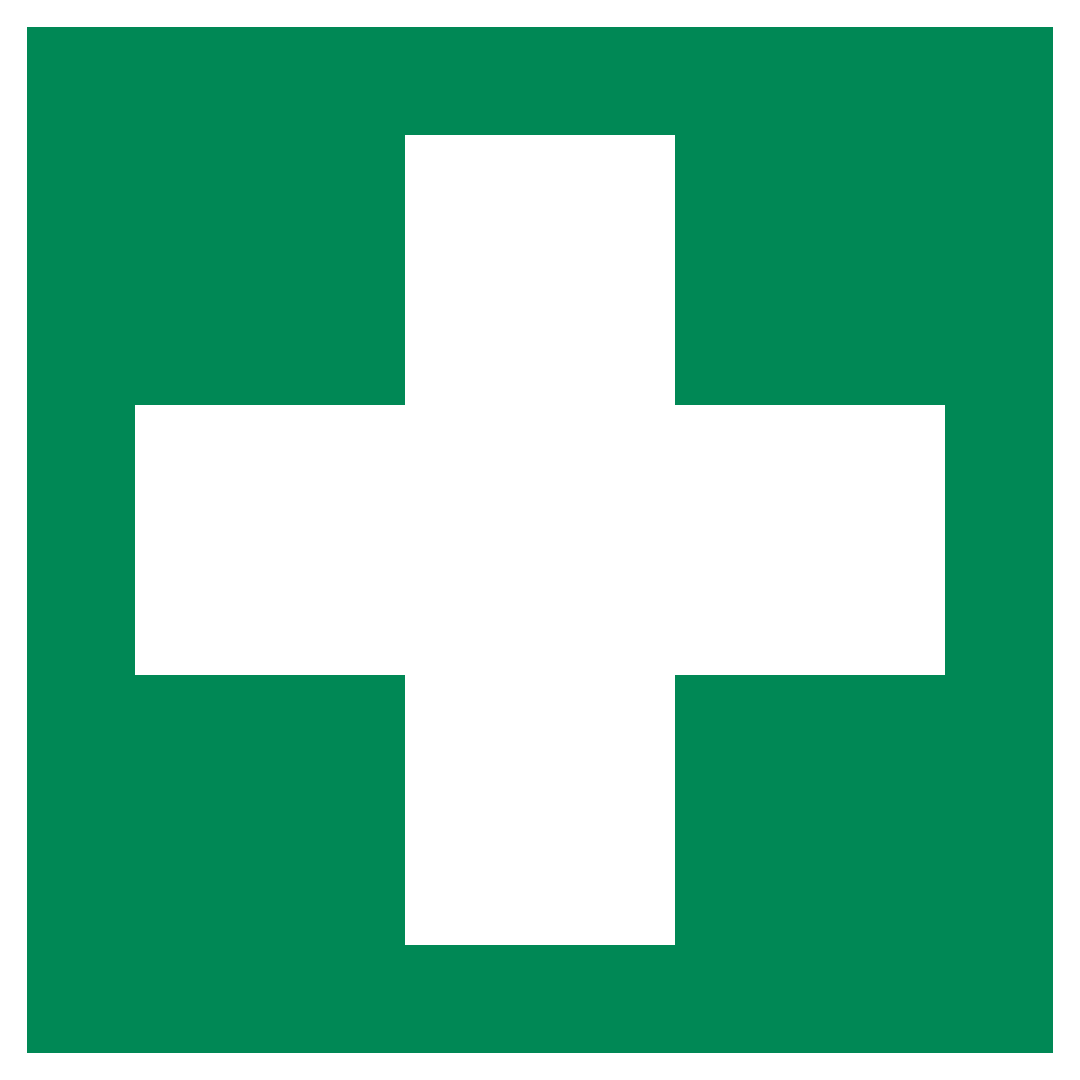
B
C
D
Correct Answer: D
28. What are two common fire risks on construction sites?
Give two answers
AB
C
D
E
Correct Answer: C, E
29. What is the fire assembly point?
Give one answer
AB
C
D
Correct Answer: B
30. If you discover a fire, what is the first thing you should do?
Give one answer
AB
C
D
Correct Answer: C
31. What must you check if you need to work in a corridor that is a fire escape route?
Give one answer
AB
C
D
Correct Answer: D
32. What does a hot work permit allow you to do?
Give one answer
AB
C
D
Correct Answer: A
33. What does a hot work permit not tell you?
Give one answer
AB
C
D
Correct Answer: D
34. What is the main danger of using a chisel or bolster with a mushroomed head?
Give one answer
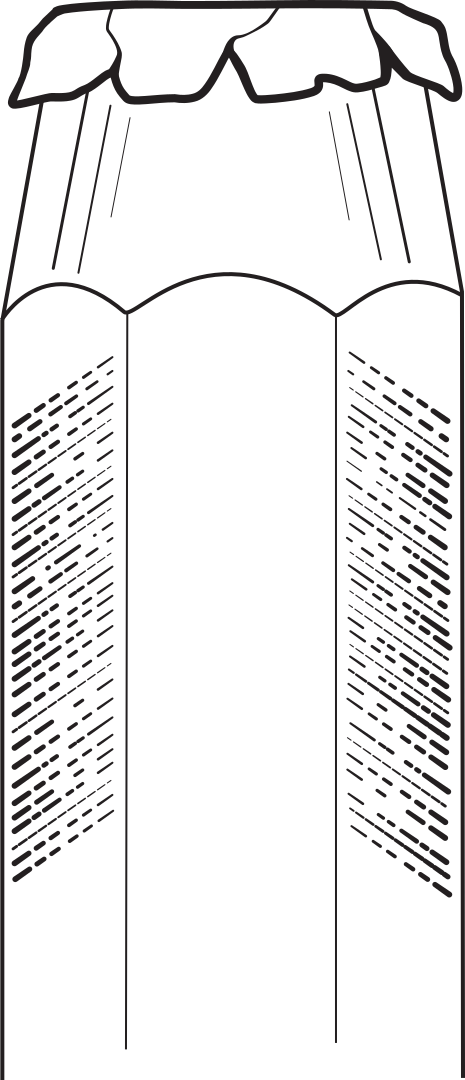
B
C
D
Correct Answer: A
35. What criteria must you meet to operate a power tool?
Give one answer
AB
C
D
Correct Answer: B
36. You need to use an air-powered tool. What three hazards are likely to affect you?
Give three answers
AB
C
D
E
Correct Answer: A, C, D
37. Why should you never store batteries loose in your tool bag?
Give one answer
AB
C
D
Correct Answer: A
38. Why should you try to use battery-powered tools rather than electrical ones?
Give one answer
AB
C
D
Correct Answer: C
39. What is the recommended safe voltage for electrical equipment on building sites?
Give one answer
AB
C
D
Correct Answer: A
40. How do you check if a RCD (residual current device) connected to a power tool is working?
Give one answer
AB
C
D
Correct Answer: A
41. When can you use a ladder at work?
Give one answer
AB
C
D
Correct Answer: C
42. How do you identify the safe load rating for a scaffold platform?
Give one answer
AB
C
D
Correct Answer: C
43. What should you do if you see the side supports move when you are working in an excavation?
Give one answer
AB
C
D
Correct Answer: C
44. What should you do if you are in a confined space when the gas alarm sounds?
Give one answer
AB
C
D
Correct Answer: C
45. When digging you find a run of coloured marker tape. What does it mean?
Give one answer
AB
C
D
Correct Answer: D
46. Do you have any responsibility for minimising the amount of waste created?
Give one answer
AB
C
D
Correct Answer: D
47. Which of the following activities is not good practice on site?
Give one answer
AB
C
D
Correct Answer: A
48. Which two of the following should be classed as hazardous waste?
Give two answers
AB
C
D
E
Correct Answer: B, E
Explanation:
Explanation:
49. When a product has either of these labels, how should you dispose of the container or any residue?
Give one answer
AB
C
D
Correct Answer: A
Explanation:
Explanation:
50. What should you do if there is an oil or diesel spill on site?
Give one answer
AB
C
D
Correct Answer: C

.png)
.png)
.png)
.png)
